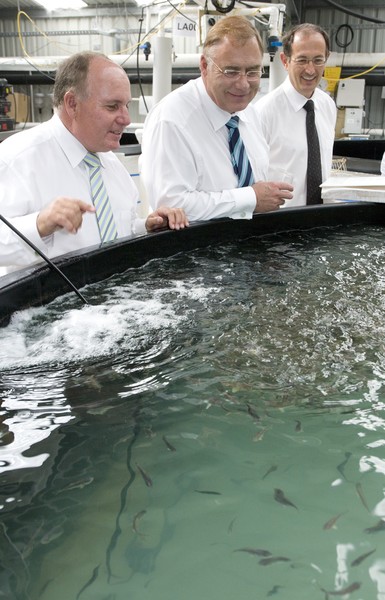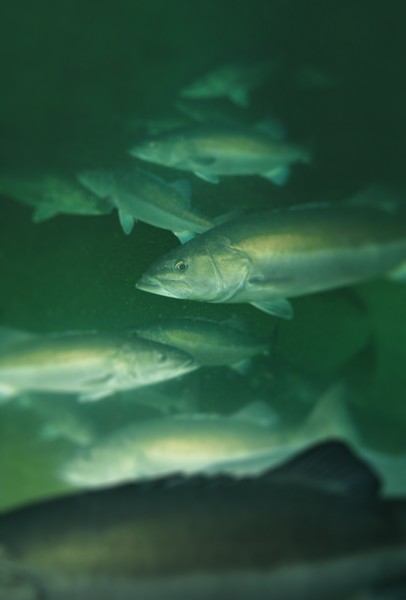NIWA welcomes aquaculture reform


NIWA’s Chief Executive John Morgan, welcomes plans for the aquaculture industry regulatory reform announced by Phil Heatley, the Minister for Fisheries and Aquaculture. Cabinet has agreed to a range of amendments that will help boost the sector’s potential to generate sustainable economic growth for the industry in New Zealand.
“We believe that the aquaculture industry can reach its goal of $1 billion in sales by 2025, particularly if it expands into new high-value finfish,” says Mr Morgan.
“Salmon farmed in New Zealand have been a tremendous success story, and we think New Zealand companies can achieve similar success with high-value fish like hapuku (groper) and kingfish”.
A recent market tasting of NIWA’s farmed hapuku with leading Australasian chefs confirmed it has the potential as a premium product in the global super- fine dining sector.
“One of the chefs said it was the best white-fleshed farmed fish he had tasted,” said Mr Morgan.
NIWA has successfully produced commercial quantities of juvenile kingfish, and similar success with hapuku is not far off. Research now includes selective breeding, to ensure stock quality continues to improve, and understanding the requirements for optimal growth of the fish to market-size.
“Research & development of this nature is not a trivial exercise – it has taken six years of innovative work, but we now have the infrastructure, knowledge, and skill to support start-up ventures,” says Mr Morgan, “so the future is very promising.”
This research and development has been funded by NIWA and the Foundation for Research, Science and Technology.
